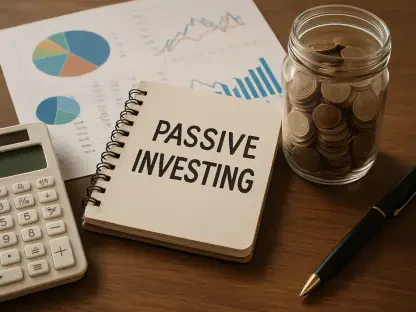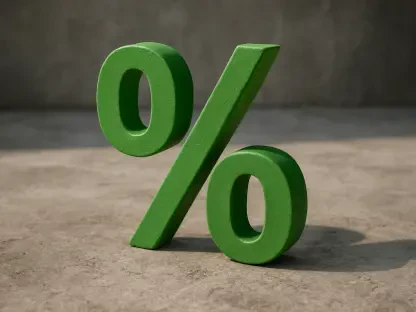Recent developments in the country property market during 2025 have turned the tide in favor of buyers, marking a notable shift not seen in recent years. The dynamics of supply and demand have altered significantly due to various factors nuanced enough to warrant closer inspection. Buyers are now presented with favorable conditions, a refreshing change following years marked by static prices and challenges in market accessibility. With the supply of country properties on the rise and prices seeing a noticeable decrease, 2025 has become a landmark year for prospective homeowners and investors alike. Engaging with the current market’s complexities involves understanding the intricate balance of factors that have contributed to these changes. This includes the aftermath of pivotal policy shifts, reactions to economic stability post-2024, and changing taxation regulations, which have collectively pushed more properties onto the market.
Shifting Market Trends and Economic Influences
In 2025, a substantial 9% rise in new property listings has been a significant catalyst in crafting a buyer’s market rarely observed in recent times. This uptick can be traced back to several contributing factors, including a backlog of properties resulting from the March stamp duty deadline, which created an influx of delayed listings. The political climate has further stabilized after the 2024 election, enhancing market confidence and encouraging sales. Landlords faced with increasing regulatory pressures have also decided to offload more properties, adding to the overall market inventory. Additionally, changes in council tax policies have led to a surge in holiday home listings, thereby expanding available options for potential buyers.
The shift in taxation policy witnessed an early surge in property transactions post the April amendments, but this led to quieter demand in the second quarter of 2025. With offers down by 9% compared to the previous year, the decreased intensity in demand highlighted distinct market adjustments. Despite the initial slowdown, exchanges in June saw a notable 7% increase compared to the same time last year, suggesting a rebound from the suppressed activity experienced in 2024 due to pre-election uncertainties. This year-on-year improvement reveals how the property landscape is adapting and evolving in real-time, adjusting to both external and internal market pressures.
Impact on Pricing and Buying Conditions
The Country House Price Index reported a 3.5% reduction in property values up to June 2025, underscoring a critical pricing shift that has strengthened buyers’ bargaining power. Analyzing the data further, it shows properties were sold for an average of 94% of their original asking prices, a contrast to the 97.3% achieved in the same period last year. This decrease not only enhances affordability but also fosters an environment where buyers can negotiate more effectively, thus making the market more accessible to those previously priced out or waiting on the sidelines for such opportunities.
James Cleland of Knight Frank notes this trend is likely to persist, driven by necessary market corrections. He emphasizes active deals spanning all price brackets, which are expected to sustain and possibly boost the number of exchanges in the months ahead. The overarching market trend is that of increased pricing accuracy, with the market responding rapidly when properties are correctly priced. This encourages a more engaged and informed buyer base, poised to make timely decisions in a climate that supports proactive purchasing strategies.
The Road Ahead for Prospective Buyers
In 2025, the property market experienced a notable transformation, with new property listings rising by 9%, fostering a buyer’s market not seen in recent years. Several factors contributed to this shift. The March stamp duty deadline caused a backlog, leading to a surge of delayed listings entering the market all at once. Political stability following the 2024 election bolstered market confidence, spurring sales. Landlords, grappling with increasing regulations, chose to sell off more properties, thereby boosting the market’s inventory. Additionally, changes in council tax policies spurred a wave of holiday home listings, providing more choices for potential buyers.
Tax policy amendments in April initially triggered a spike in property transactions, but demand in the second quarter of 2025 waned, with offers down 9% from the previous year. Despite this lull, property exchanges rose by 7% in June compared to the previous year, signaling recovery from the subdued activity of 2024 due to election-related uncertainties. These dynamics reveal how the property market is realigning itself, adapting to both internal and external pressures.









